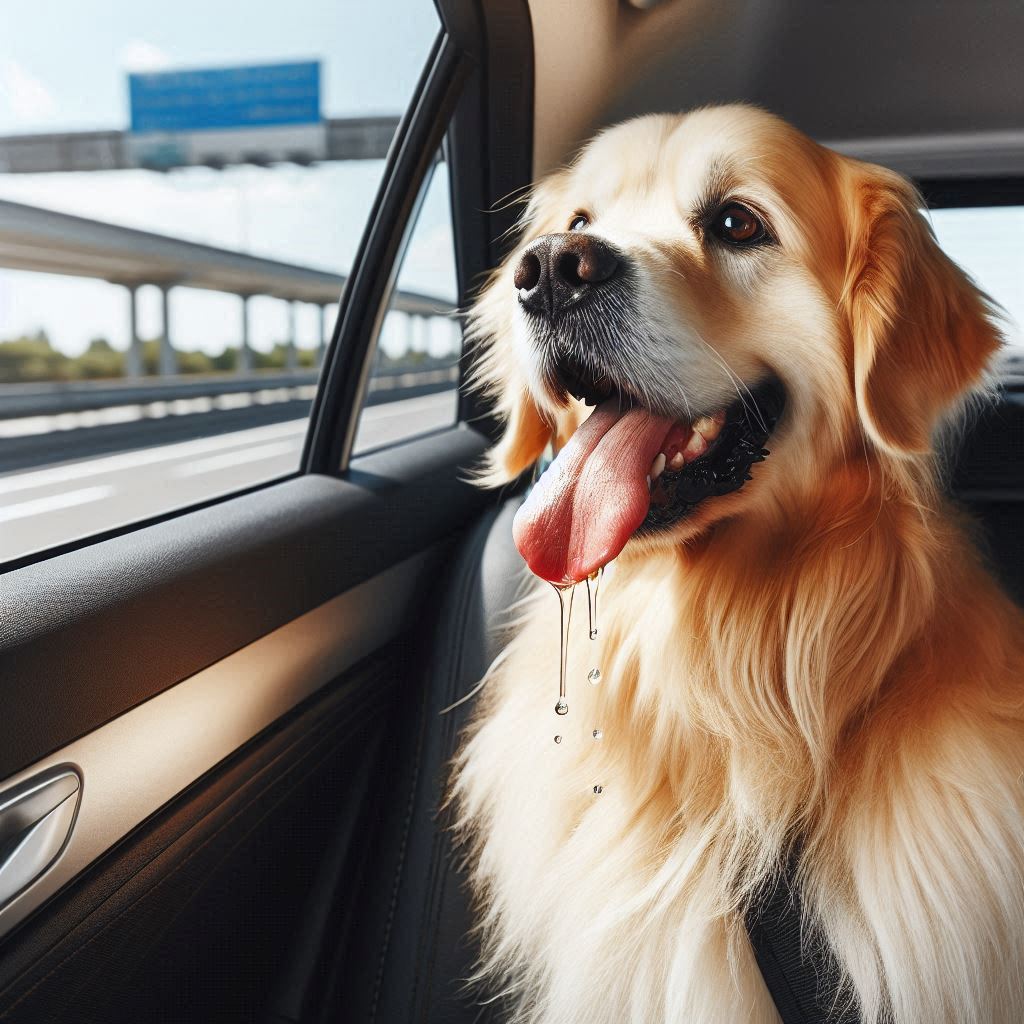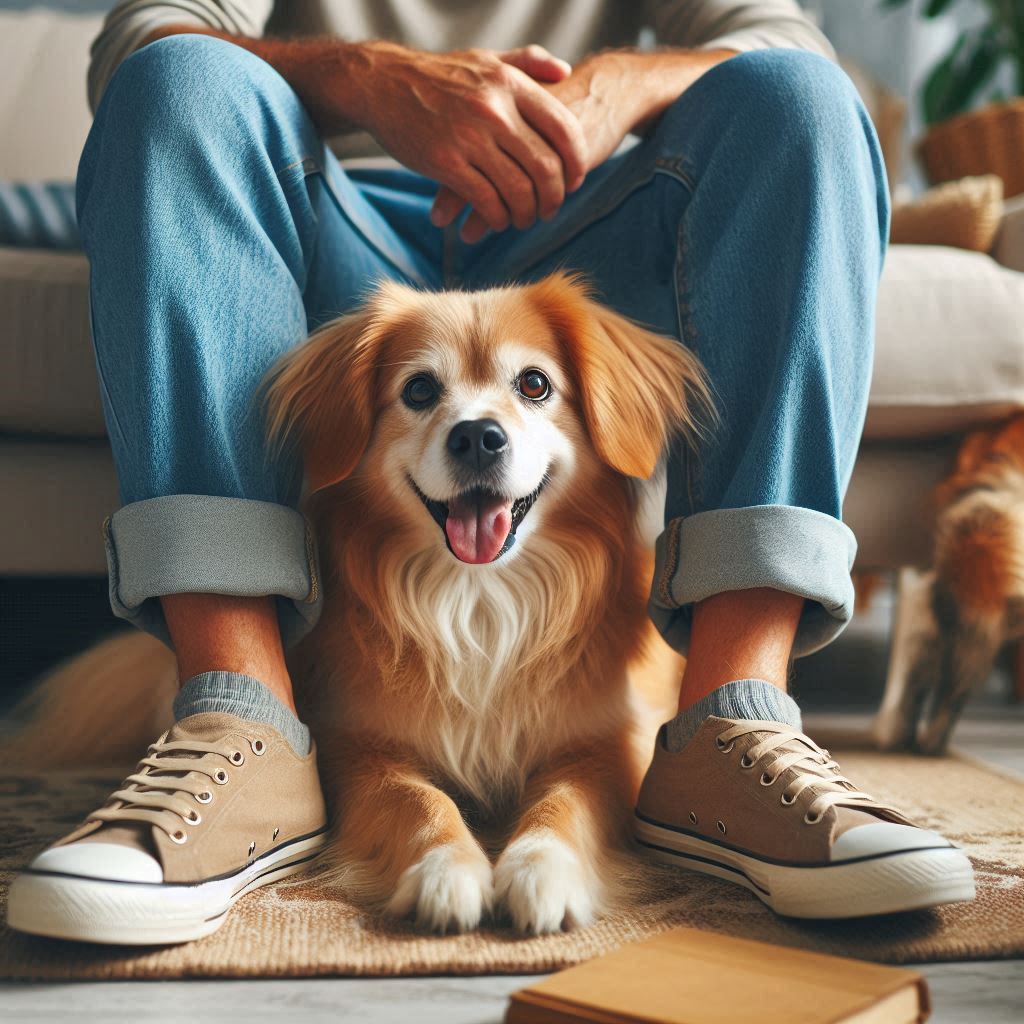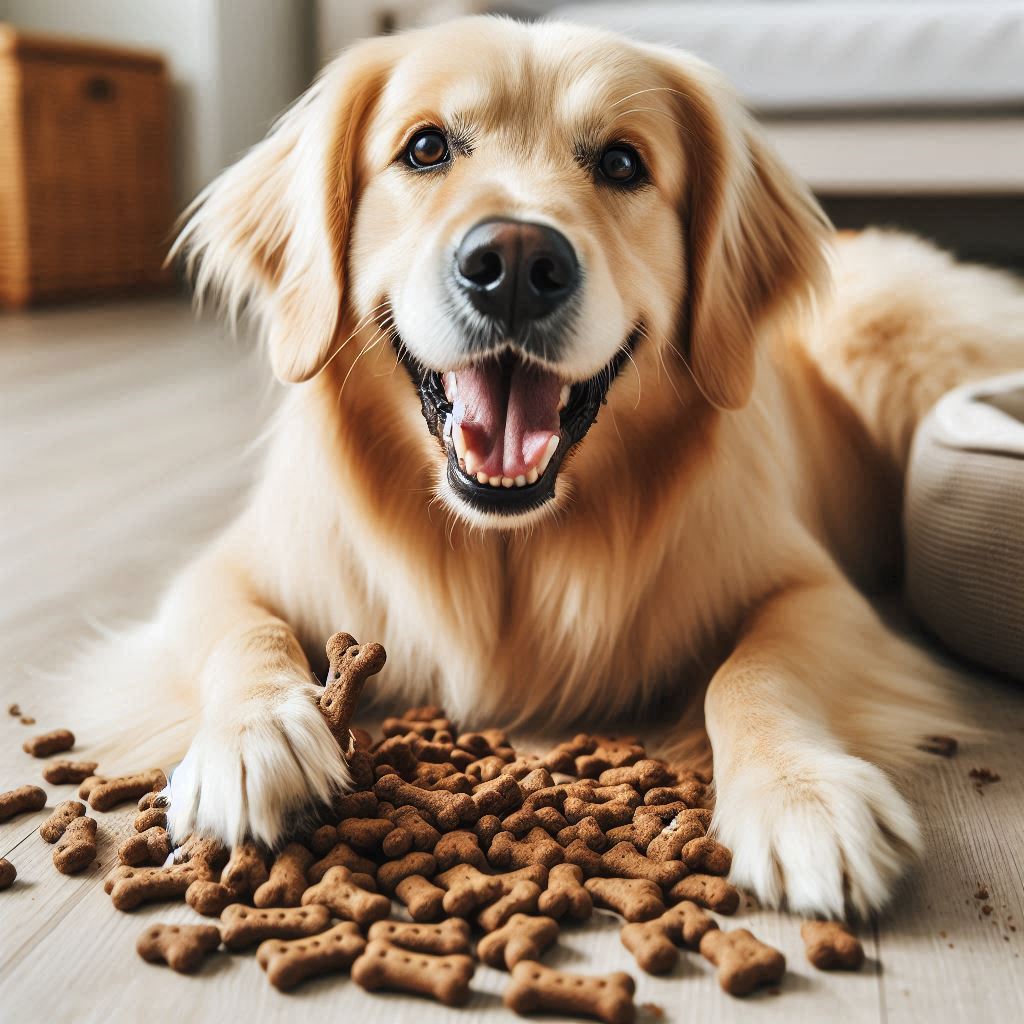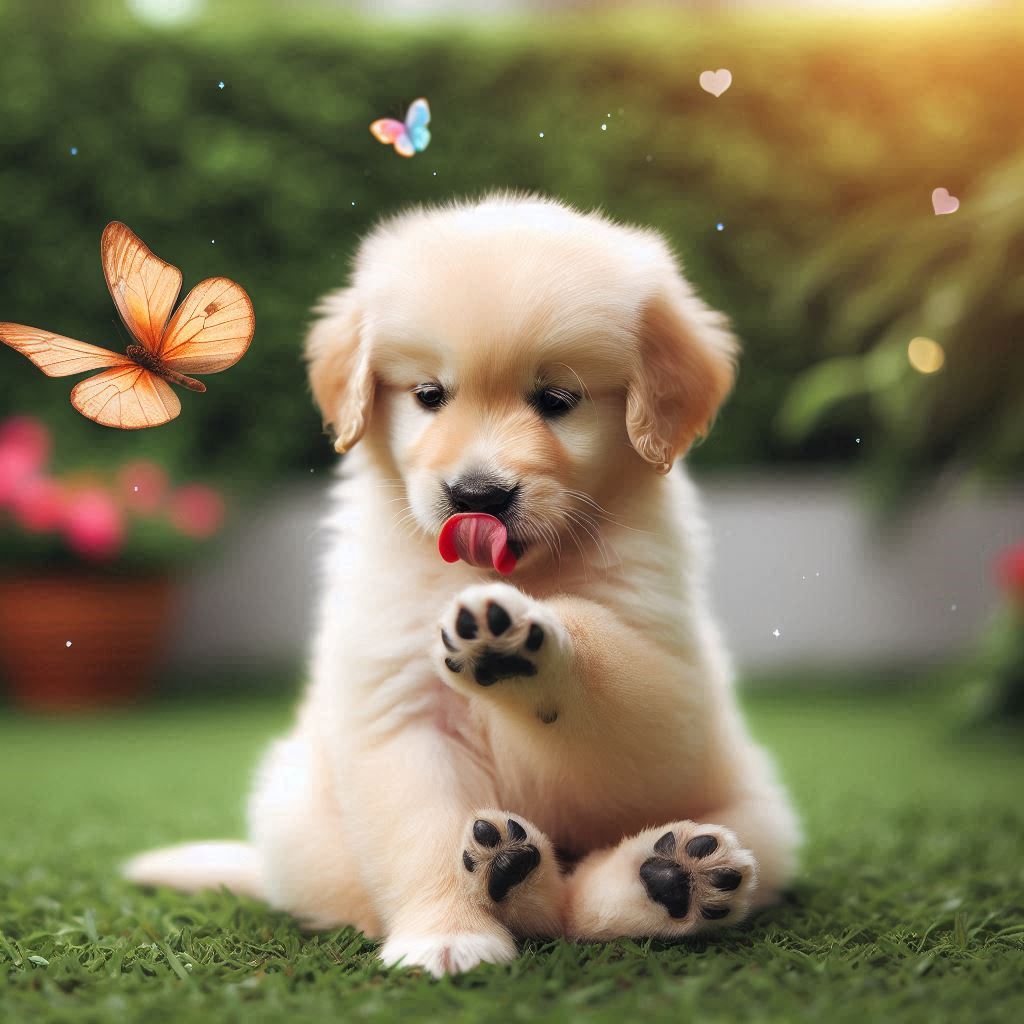Taking your dog on a car ride can be an exciting adventure, but it can also come with some unexpected challenges, such as excessive drooling. Understanding why your dog drools in the car can help you address the issue and make car rides more enjoyable for both of you.

Common Reasons for Drooling
1. Motion Sickness
Similar to humans, dogs can suffer from motion sickness. The car’s swaying and movement can disrupt their inner ear balance, causing nausea and drooling. Puppies and young dogs are especially prone to this, though some dogs may continue to experience it throughout their lives.
2. Anxiety and Stress
Car rides can be quite stressful for dogs, particularly if they aren’t accustomed to traveling. The unfamiliar surroundings, noises, and vibrations can trigger anxiety, resulting in excessive drooling. Additionally, dogs might associate car rides with negative experiences, like visits to the vet, which can further increase their stress levels.
3. Heatstroke
If the car becomes too warm, your dog might drool excessively to cool down. Heatstroke is a serious condition that needs immediate attention. Always keep your car well-ventilated and never leave your dog alone in a parked car.
4. Excitement
Some dogs drool when they get overly excited. The anticipation of heading to a fun place, like the park, can make their salivary glands work overtime.
5. Thirst
A thirsty dog might drool more than usual. Ensure your dog has access to water before and during the car ride to keep them hydrated.
6. Dental Issues
Dental issues, like gum disease or tooth decay, can lead to excessive drooling. If your dog’s drooling is paired with bad breath or trouble eating, it’s important to visit the vet.
7. Digestive Problems
Digestive problems, like an upset stomach or gastrointestinal discomfort, can also cause drooling. This might be due to something your dog ate or a more serious underlying condition.
How to Reduce Drooling
1. Progressive Familiarization
Help your dog acclimate to car rides by starting with short trips around the block and gradually extending the duration. Using positive reinforcement, like treats and praise, can make the experience more enjoyable.
2. Use a Dog Safety Harness
A safety harness can keep your dog secure and help reduce their anxiety by limiting excessive movement during the ride.
3. Keep the Car Cool
Make sure the car is well-ventilated and the temperature is comfortable. Use sunshades and air conditioning to keep the environment cool.
4. Walk Before the Ride
Take your dog for a walk before the car ride to help them burn off some energy and reduce anxiety.
5. Avoid Feeding Before Travel
Feed your dog a few hours before the car ride to prevent an upset stomach. Avoid giving them a large meal right before traveling.
6. Consult Your Vet
If your dog’s drooling continues, consult your veterinarian. They can check for underlying health issues and might recommend medication to help with motion sickness.
Conclusion
Understanding the reasons behind your dog’s drooling can help you take steps to alleviate their discomfort. Whether it’s motion sickness, anxiety, or another issue, there are ways to make car rides more enjoyable for your furry friend. With patience and the right approach, you can ensure that car trips are a positive experience for both you and your dog.



